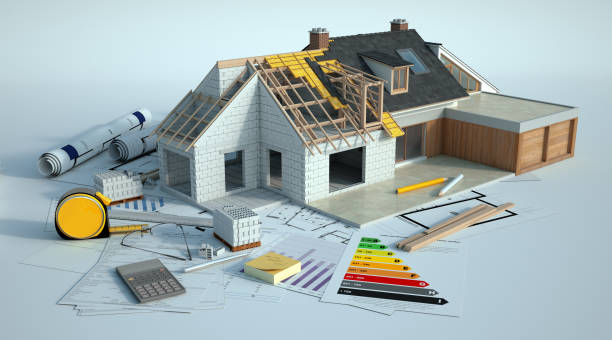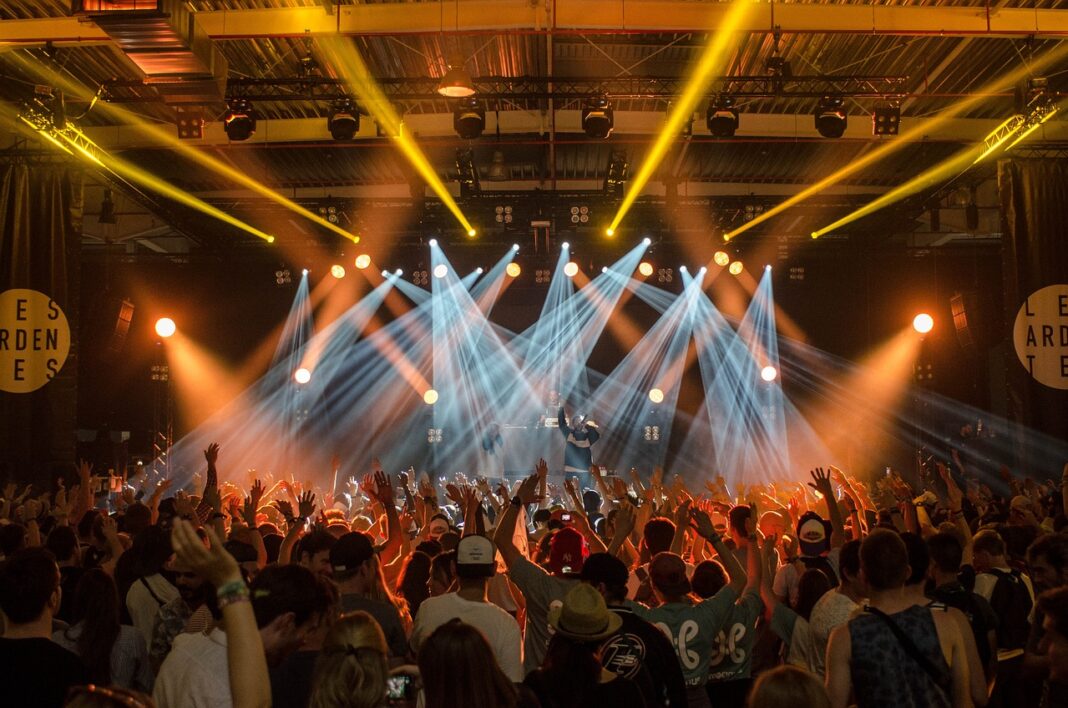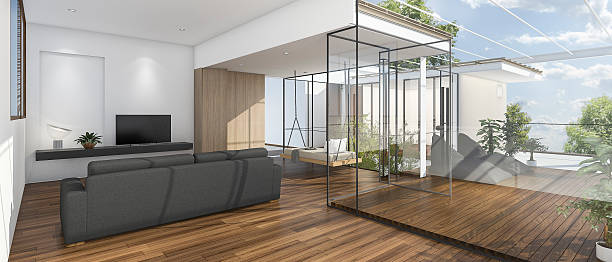In today’s urban landscape, mixed-use building developments are becoming increasingly popular. These structures combine residential, commercial, and sometimes even industrial spaces into a single property, creating vibrant, multi-functional communities. Cities across the U.S. are embracing this trend as it offers a smart and efficient way to optimize land use, promote sustainability, and meet the growing demand for walkable, convenient urban environments. For developers like Avatar Construction, mixed-use developments present both opportunities and challenges, as these projects require careful planning, innovative design, and a clear understanding of current trends shaping the future of urban commercial construction.
In this article, we’ll explore what mixed-use developments are, why they’re becoming so popular, and the key trends driving their growth. We’ll also look at how firms like Avatar Construction are playing a crucial role in bringing these complex projects to life.
What Is Mixed-Use Building Development?
A mixed-use building development integrates various types of spaces—such as residential, retail, office, entertainment, and sometimes even hospitality—into one cohesive project. These developments are often located in urban areas, where land is at a premium and creating versatile spaces is key to maximizing value. The aim is to create a well-balanced, self-contained community where residents can live, work, shop, and play without having to travel far.
Types of Mixed-Use Developments
Mixed-use developments can vary significantly in size and scope, ranging from small, single-building projects to large-scale urban regeneration initiatives. Some common types include:
- Vertical Mixed-Use Buildings: These structures typically feature retail or commercial spaces on the ground floor, with residential or office spaces above. This format is common in city centers, where space is limited but demand for multi-functional areas is high.
- Horizontal Mixed-Use Developments: These developments spread across multiple buildings within the same complex or block, with different functions housed in separate but interconnected structures. Horizontal mixed-use developments are often seen in suburban or exurban areas.
- Master-Planned Communities: These are larger, long-term projects that involve the development of entire neighborhoods or districts. They include a mix of residential, commercial, and public spaces like parks or community centers, designed to foster a sense of community and improve quality of life.
Benefits of Mixed-Use Development
Mixed-use developments provide numerous benefits to both cities and residents. For urban planners, these developments promote efficient land use and help reduce urban sprawl. For residents, mixed-use buildings offer convenience and a more sustainable lifestyle by reducing the need for commuting. Additionally, these projects can boost local economies by supporting a mix of businesses within a single area.
Why Are Mixed-Use Developments Becoming More Popular?
There are several reasons why mixed-use developments are on the rise, particularly in urban environments. Changing lifestyles, economic trends, and a growing focus on sustainability are driving the demand for these versatile spaces.
1. Urbanization and Population Growth
As cities continue to grow, available land becomes scarcer, and the cost of living increases. This has led to a shift toward more efficient, high-density developments. Mixed-use buildings allow cities to accommodate more people and businesses in a smaller footprint, providing a solution to the challenges posed by rapid urbanization.
For example, large cities like New York, San Francisco, and Boston have embraced mixed-use projects to accommodate their growing populations while keeping neighborhoods vibrant and accessible. Developers like Avatar Construction are often at the forefront of these projects, working with cities to design and build spaces that balance residential, commercial, and communal needs.
2. The Desire for Walkable Communities
Many people today are seeking walkable communities where they can easily access amenities like shops, restaurants, and entertainment without relying on a car. Walkability is a key feature of mixed-use developments, as these projects typically integrate public spaces, parks, and pedestrian-friendly areas into their design.
This trend is particularly strong among younger generations, such as millennials and Gen Z, who prioritize convenience and sustainability in their choice of where to live. Mixed-use developments meet these demands by offering live-work-play environments that reduce the need for commuting and encourage a more sustainable, community-oriented lifestyle.
3. Sustainability and Environmental Impact
Sustainability has become a top priority in commercial construction, and mixed-use developments offer significant environmental benefits. By reducing the need for long commutes and encouraging the use of public transportation, these projects help decrease carbon emissions and traffic congestion. Additionally, mixed-use developments often include green building features, such as energy-efficient designs, renewable energy sources, and sustainable construction materials.
Many mixed-use projects also incorporate public green spaces and parks, contributing to urban biodiversity and improving air quality. Avatar Construction is known for integrating sustainable practices into their projects, ensuring that their developments meet both the functional needs of businesses and residents while minimizing environmental impact.
4. Economic Resilience
Mixed-use developments tend to be more economically resilient than single-use buildings. Because they combine multiple revenue streams—such as residential rents, retail leases, and office space—these projects are less vulnerable to economic downturns in any one sector. This makes them attractive to developers and investors who are looking for long-term stability in their investments.
For example, during the COVID-19 pandemic, many single-use commercial spaces, such as office buildings or retail centers, experienced significant challenges due to lockdowns and changing consumer behaviors. Mixed-use developments, however, were often able to adapt more easily, as the diverse range of tenants helped mitigate losses in any one area.
Trends Shaping the Future of Mixed-Use Developments
As the demand for mixed-use developments grows, several key trends are shaping the future of these projects. Developers and construction firms are increasingly incorporating new technologies, designs, and sustainability practices to meet the evolving needs of urban communities.
1. Smart Technologies and Automation
Smart technology is revolutionizing the way mixed-use developments are designed and managed. From energy-efficient lighting and heating systems to automated building controls, technology is helping make these buildings more efficient and cost-effective to operate. Tenants are also demanding smart features such as high-speed internet, integrated security systems, and smart appliances in both residential and commercial spaces.
2. Flexible and Adaptive Spaces
One of the most significant trends in mixed-use development is the move toward flexible and adaptive spaces. As the needs of businesses and residents change over time, buildings must be designed to accommodate new uses. This might involve creating modular office spaces that can be reconfigured as needed or designing residential units that can easily be converted into office spaces or short-term rentals.
Developers like Avatar Construction are increasingly incorporating flexibility into their designs, ensuring that their buildings remain functional and valuable for decades to come.
3. Community-Focused Design
Community engagement is becoming a central theme in mixed-use developments. Developers are placing a greater emphasis on designing spaces that foster a sense of community and encourage social interaction. This includes incorporating public plazas, shared green spaces, community centers, and recreational facilities into the design.
Community-focused design not only makes these developments more attractive to residents and businesses but also helps promote long-term sustainability by encouraging people to stay and invest in their local area.
The Future Is Mixed-Use
As cities continue to grow and evolve, mixed-use developments are proving to be a smart, sustainable, and economically viable solution to urban planning challenges. By integrating residential, commercial, and public spaces, these projects create vibrant, walkable communities that meet the needs of modern residents and businesses alike.
Firms like Avatar Construction are playing a vital role in shaping the future of mixed-use development, bringing together innovative design, cutting-edge technology, and sustainable practices to create spaces that will thrive in the years to come. As the demand for flexible, multi-functional spaces continues to rise, mixed-use developments are set to become a cornerstone of urban commercial construction.


